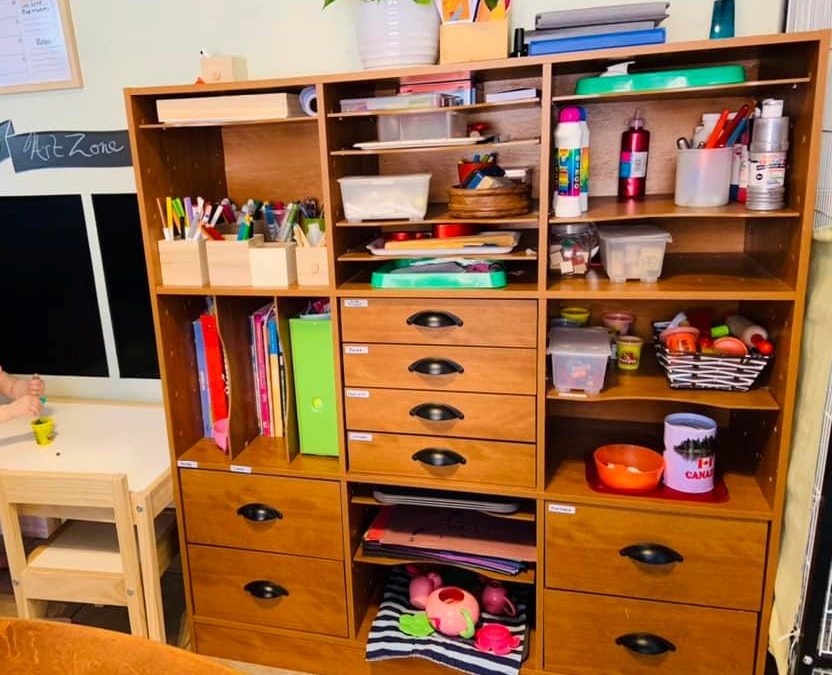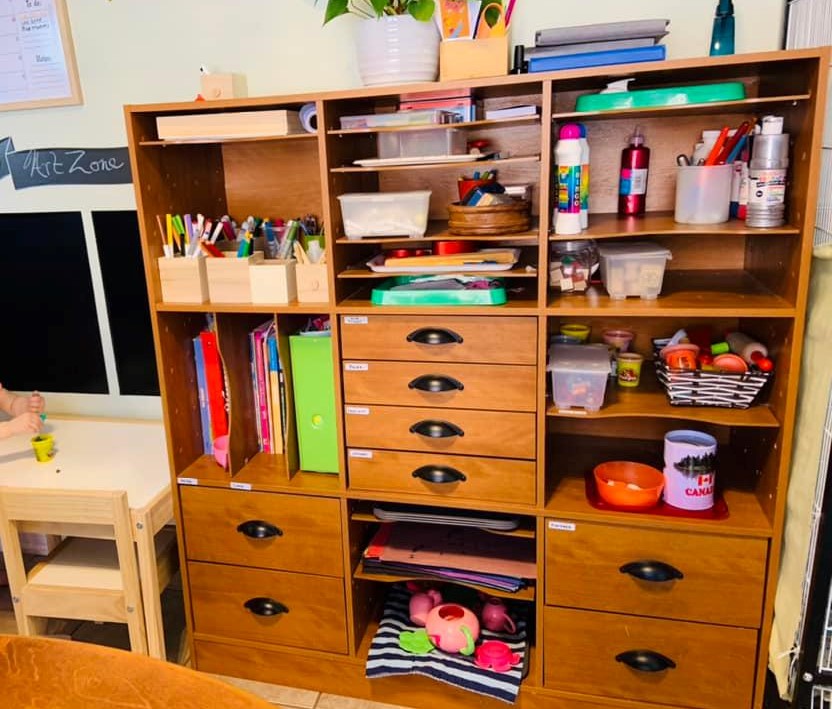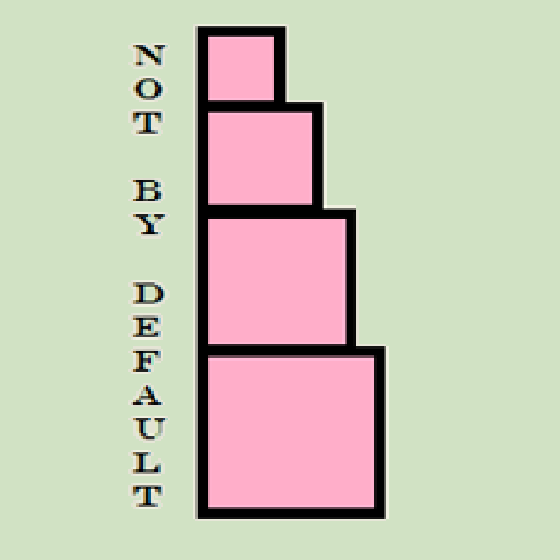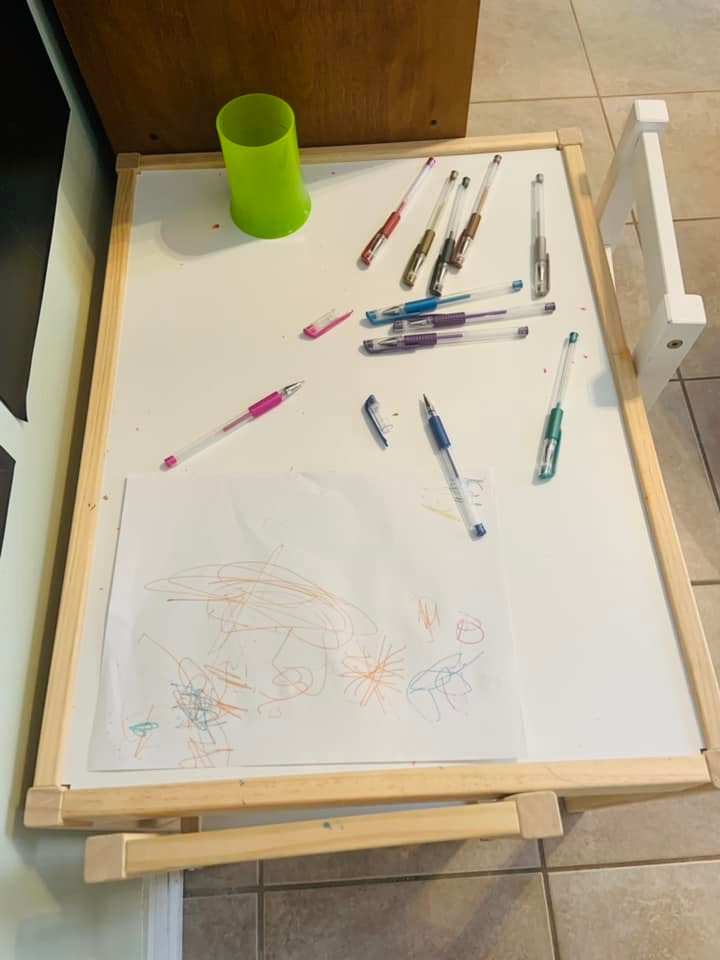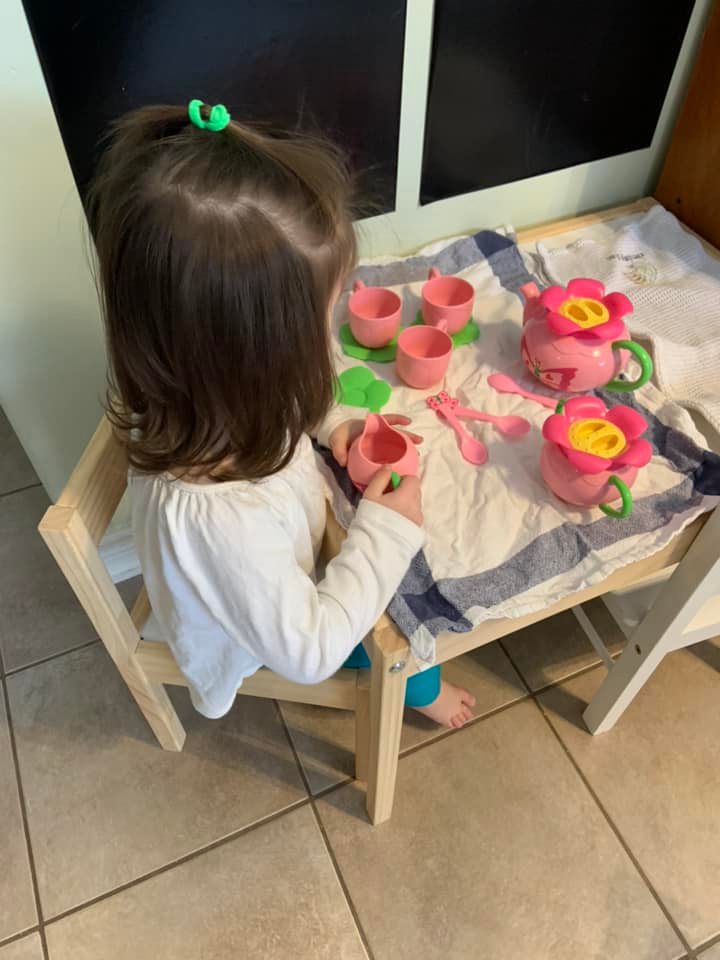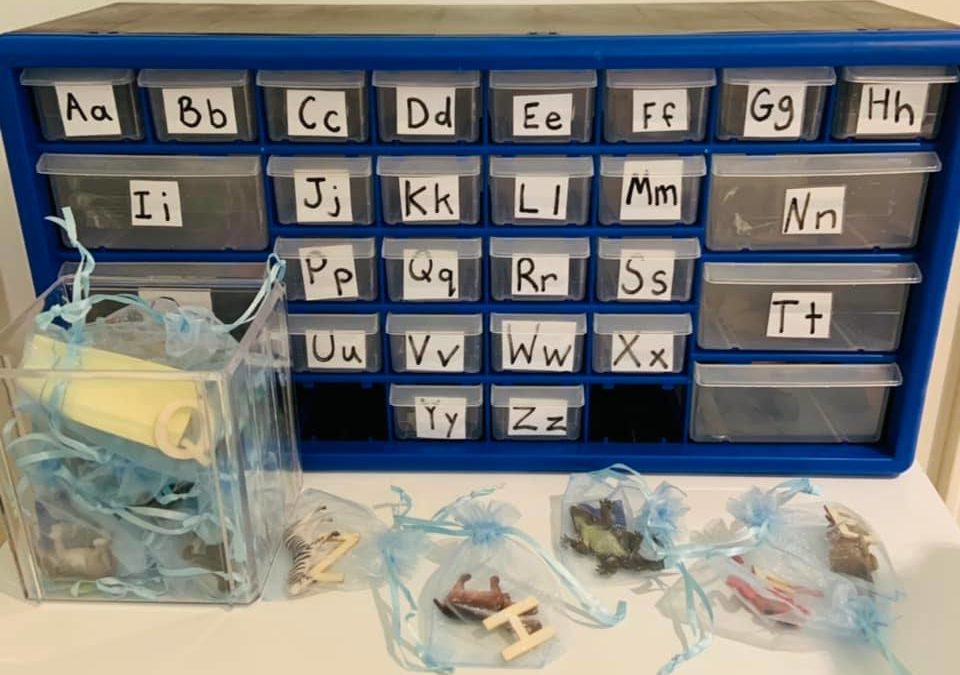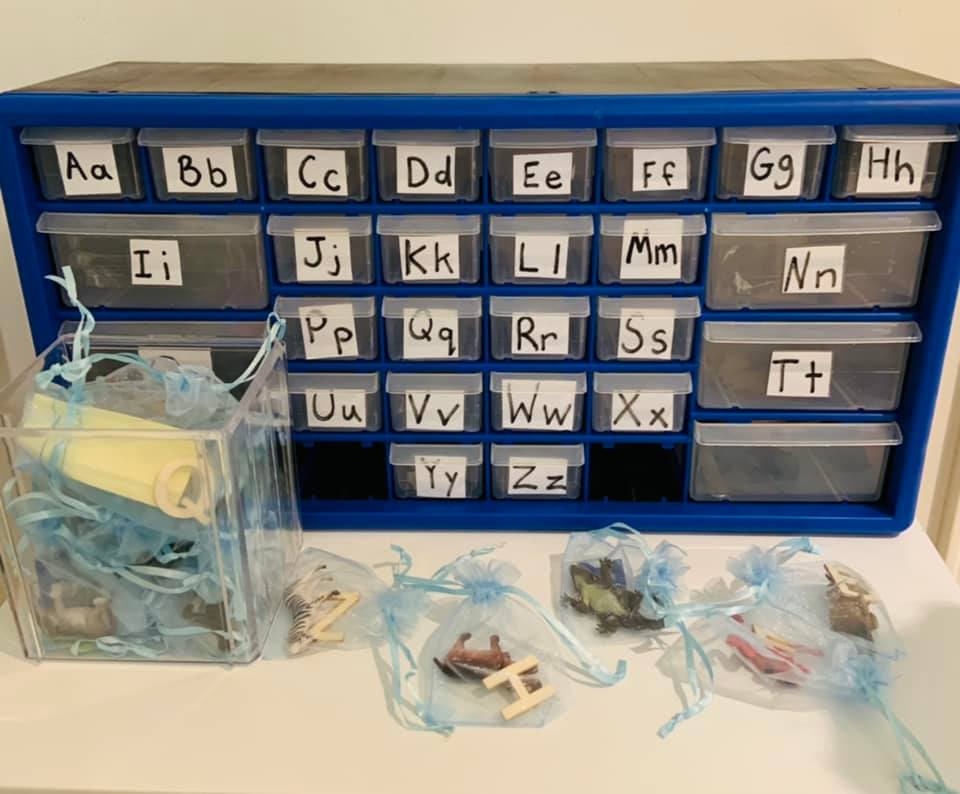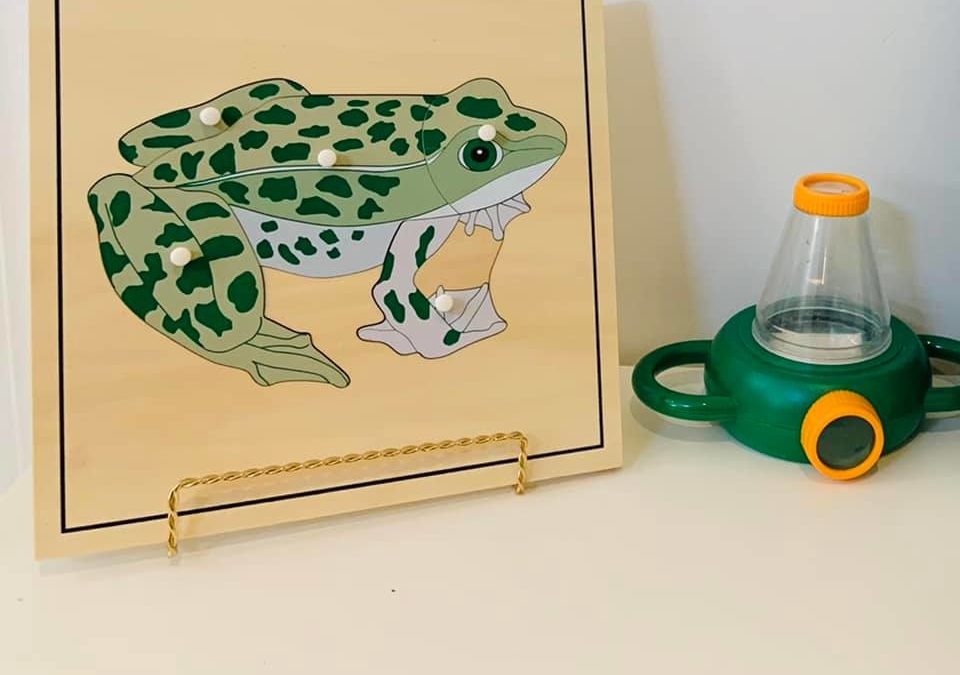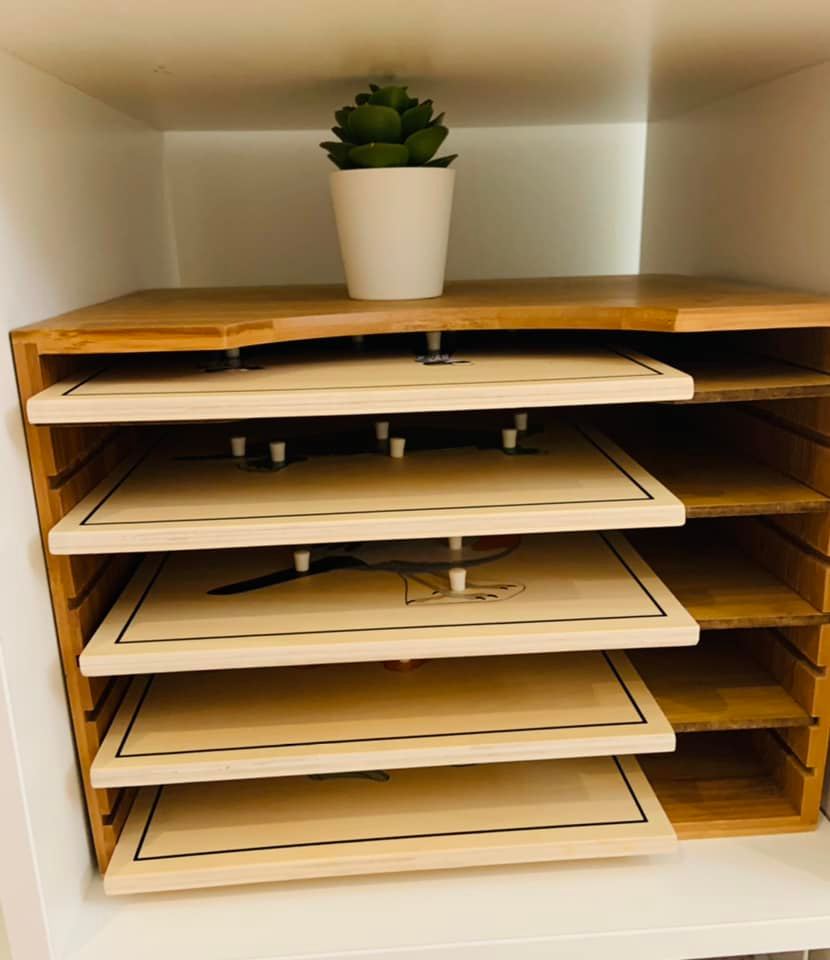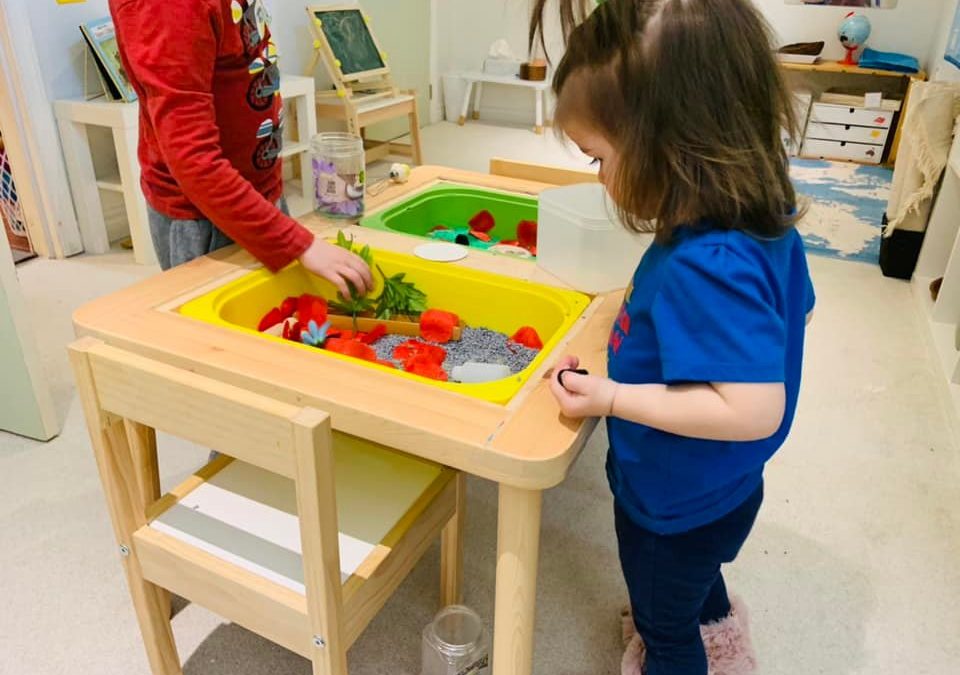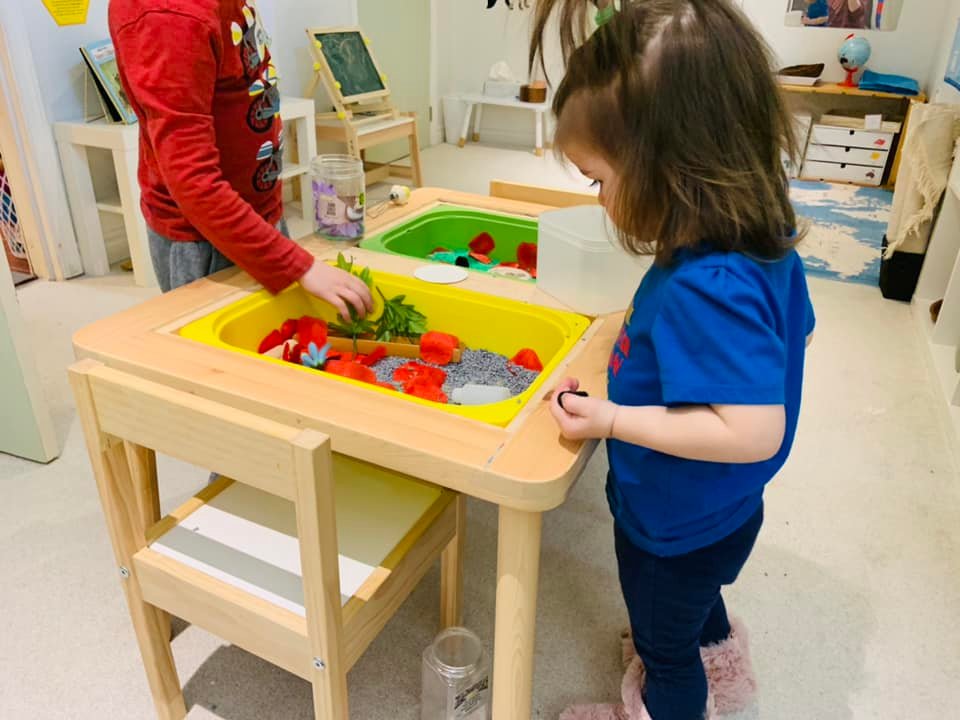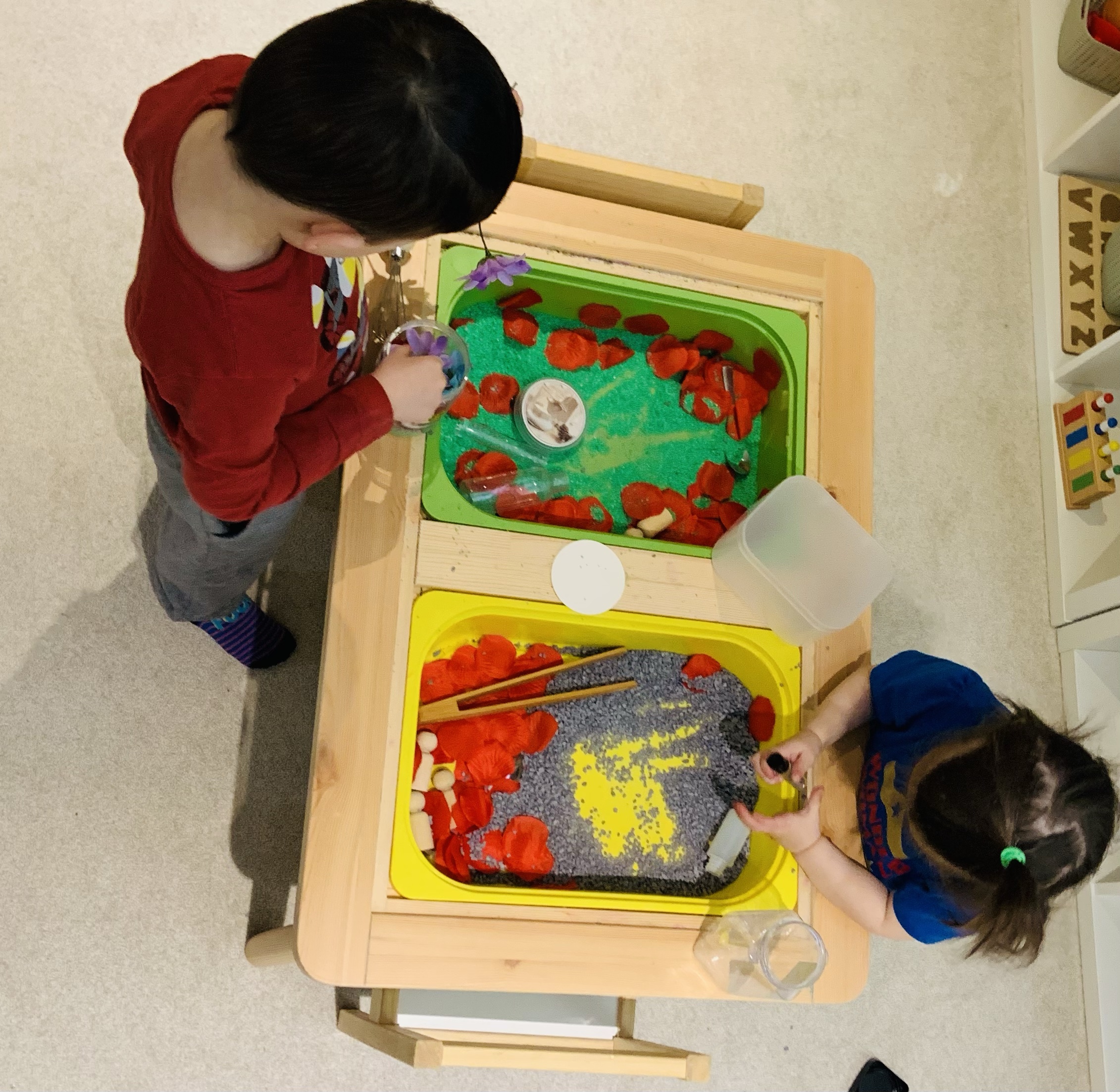It can be easy to get swept away by all the beautiful Instagram pictures of shelves perfectly curated for children. To see blogs about homeschooling families who have a morning tea time with poetry daily. To compare yourself to these families with the expensive but authentic materials. I see it often on different social media platforms- “All my toddler wants to do is open and close this cupboard. What activity can I make or purchase to encourage this skill?” My suggestion is to let them open and close the cupboard. Let them find ways to engage with their environment that are meaningful to them! It is not a planned or purchased activity, but it is still valuable to the child otherwise they would not be repeating it. This is just one example but there are many others that are similar, children doing harmless activities and parents wanting to replicate that action with a toy. Children are not limited to educational toys to play and learn. Everything that they interact with throughout the day provides information. Whether it is sensory information, or cause and effect observations or even activities like self feeding which practice fine and gross motor skills as well as engaging the child’s proprioceptive skills.
The other day my daughter wanted to draw with Mr Mans gel pens but she could not get the caps off. I wanted a few minutes to myself to drink my coffee and read the news so when she interrupted me for help the third time I realized that I needed to adjust the accessibility for her. I removed all the caps from the pens and let her continue drawing while I read. Afterwards I cleaned up from breakfast and as I was tidying I noticed the pens were nearly all capped. Not only that she had matched all the colors on the lids to the pens. Color sorting has been a big interest for Little Miss lately so I was happy to see that she had discovered her own color match activity. I was also amused to see that her paper looked very similar to how it looked before I uncapped all the pens, she had lost interest in the drawing itself. I probably could have jumped in and made it into a whole color identifying lesson (had I been paying attention) but that would have likely robbed her of that self chosen activity, the pride of accomplishing it, and very likely could have ended the activity prematurely.
I want to share one other example of an opportunity to overthink it and my simple but effective solution. I needed to prepare dinner and Little Miss was underfoot. Normally I would invite her to help but on this day she had no interest in helping and just wanted me to carry her. Not an option at that time unfortunately. She wanted to be near me and I knew I needed her engaged in something if I was to get anything accomplished. So I scanned the room and noticed her toy teapot on the floor. A minute later she was happily seated with her tea set practicing pouring water (a skill I was trying to work on often with her) while I prepped dinner a few feet away. I did not need anything fancy, it was not planned. It was just using what we had on hand in a way I knew would distract her. This activity actually drew Mr Man in as well and kept both children engaged for half an hour.
